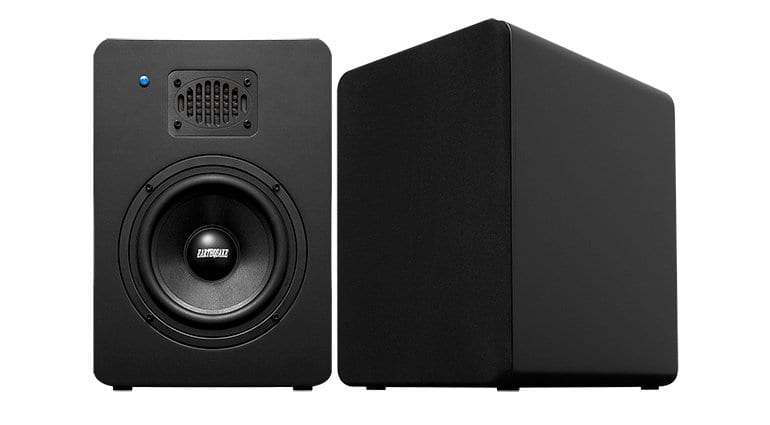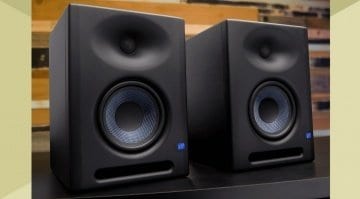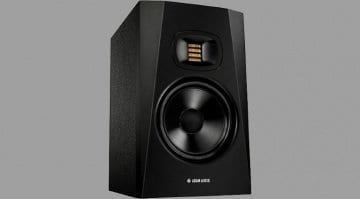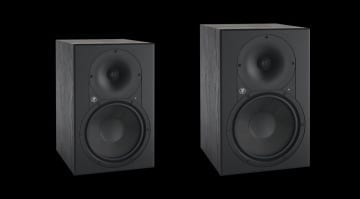Earthquake aim to shake-up the world of studio monitors with new MPower models
Earthquake Sound Corp. have 30+ years experience in developing and manufacturing their own product range for domestic home, car and game audio. This bodes well if anyone is going to start making something for the critical ear of the studio market, but do they really understand what we want to hear? I’m struggling to find any respected reports or reviews of the sound, but the spec’s look great and the prices are even more impressive. Is this a new standard in entry level monitoring?
The obvious concern here is that an audiophile company will attempt a ‘studio-grade’ speaker, mostly as a marketing ploy to show their domestic customers that they can manufacture at that level of quality. Whilst this might be the case, it isn’t fair to jump to these conclusions until we start hearing some respected feedback. For anyone entering the studio monitoring market, they’ve got to have a lot of resources and knowledge to hand. It might be that Earthquake have got it just right and are positioned to do so. I hope their customer base builds quickly enough, as we all tend to stick with brands we trust.
What I find immediately interesting is that Earthquake aren’t shy of making some reasonably pricey domestic systems. These new studio monitors are in the entry level to mid-price bracket, so they have avoided releasing a flagship model first. Either some future releases are in hand from Earthquake, or they have quickly recognised the demand for cheaper monitoring as home studios are increasingly common.
There are two models available, the M6 and the M8, with a 6.5″ or 8″ woofer respectively. Each model is a 2-way, rear-ported design sporting a 2″ ‘ultra fast’ ribbon tweeter and carbon fibre woofer. These are active studio monitors, with the M6 using a 105 W amplifier, and the M8 boasting a 125 W amplifier. All the usual pro-audio analog connections are available on the rear with attenuation and HF level controls. The frequency response of the M8 is said to be 30Hz – 40kHz, whilst the M6 is 35Hz – 40kHz. But who knows how flat the response is between these extremes.
Either way, that’s a lot on offer by a sizeable manufacturer for very little. The recommended retail price of the M6 is 380 EUR + VAT per unit, whilst the M8 is 435 EUR +VAT per unit. Now those prices really could shake up the market!
More Information: http://earthquakesound.eu/pro-audio/powered-studio-monitors.aspx
One response to “Earthquake aim to shake-up the world of studio monitors with new MPower models”










Please lead me to a site or send me a link I would love to hear how they sound there’s no video on YouTube showing how they actually sound